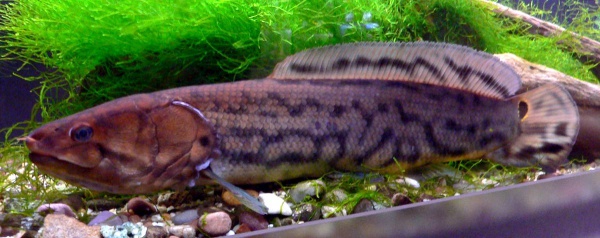Facts About Bowfin
Bowfin, scientifically known as *Amia calva*, are captivating fish belonging to the infraclass Holostei, making them relatives of gars. They are known by many common names including mudfish, mud pike, dogfish, griddle, grinnel, swamp trout, and choupique. These fish are considered living fossils, being the sole surviving species of the order Amiiformes, which dates back to the Jurassic period. Despite their evolutionary advancements, bowfin are often labeled as "primitive fish" because they retain several ancient features.
Native to North America, bowfin inhabit various regions of the eastern United States, as well as southern Ontario and Quebec. They thrive in habitats such as vegetated sloughs, lowland rivers, lakes, swamps, and backwater areas, and they occasionally venture into brackish waters. As ambush predators, bowfin primarily feed on fish and aquatic invertebrates.
One of the most remarkable characteristics of bowfin is their ability to breathe both in water and air, thanks to their bimodal breathing capabilities. This unique adaptation allows them to survive in low-oxygen environments that would be fatal to many other species. Morphologically, bowfin exhibit an elongated body, distinctive coloration, and a long dorsal fin. Their skull comprises various fused bones, which showcase some primitive characteristics of their ancestors.
The evolution of bowfin has equipped them with several adaptations aiding in predation and movement, such as a specialized jaw structure and a strong, ossified vertebral column. Their capability to breathe air also enables them to survive out of water for extended periods. Bowfin demonstrate intriguing behaviors like aestivation, where they endure dry conditions by burrowing into mud.
Bowfin predominantly occupy freshwater environments throughout North America, including the Great Lakes, the Mississippi River drainage basin, and the Gulf of Mexico. They spawn in the spring or early summer in shallow, vegetated waters, and their courtship and nesting behaviors are unique. Male bowfin guard the nests and protect the eggs until they hatch, highlighting their complex life cycle.
While not typically prized by anglers for their taste, bowfin are valued as sport fish due to their fighting ability. Their meat can be consumed if prepared correctly, and they are sometimes used to make caviar, known as "Cajun caviar" or "Choupiquet Royale." However, due to their potential to accumulate toxins such as mercury, consuming bowfin from contaminated areas can pose health risks.

 United States
United States